Oregarlix: Gut Guardian
- Oregarlix: Gut Guardian
$33.99 USD
2 day shipping available.
Couldn't load pickup availability








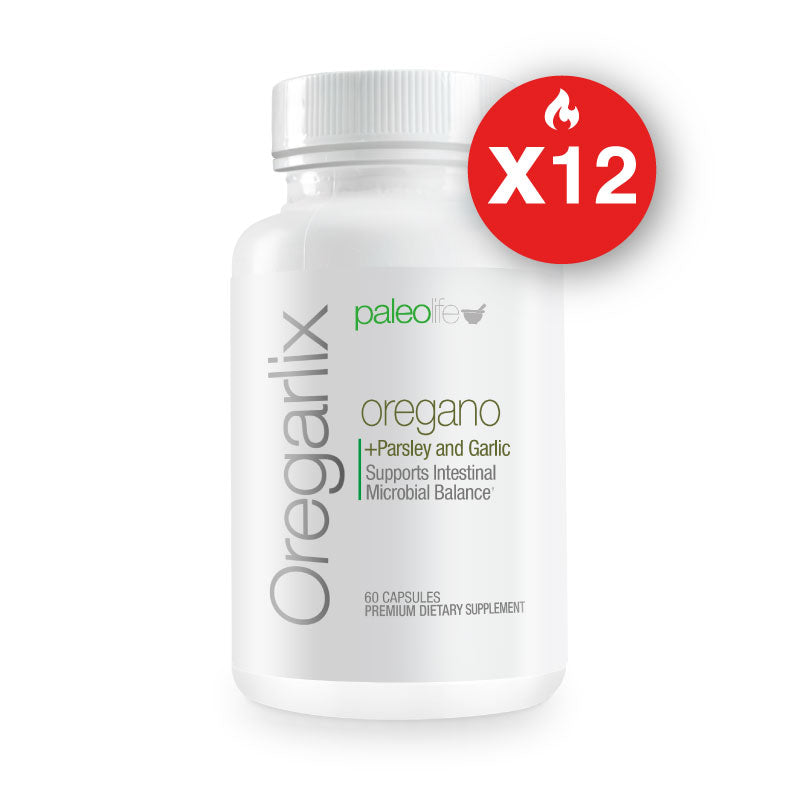
Highlights
Suggested Use
What do the specialists say?

Dra. Liz Canelones
Nutritional Facts 
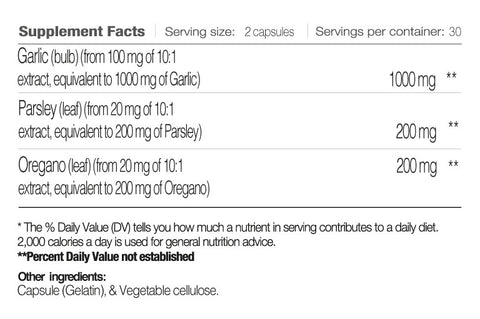
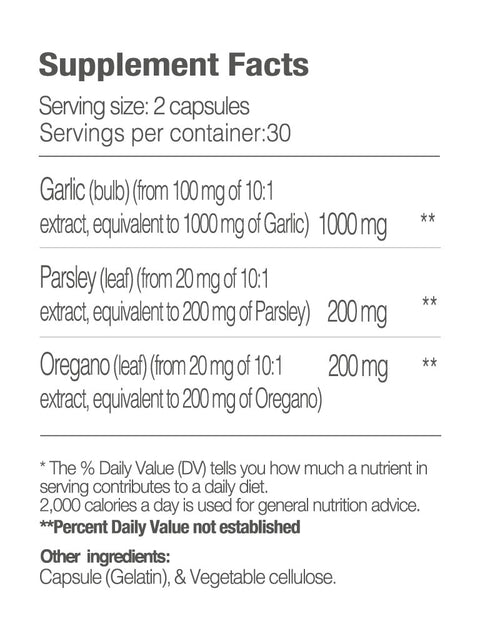
Labels 
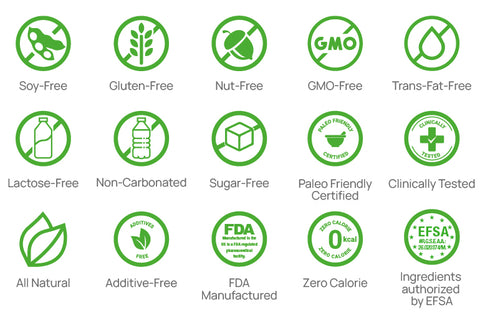
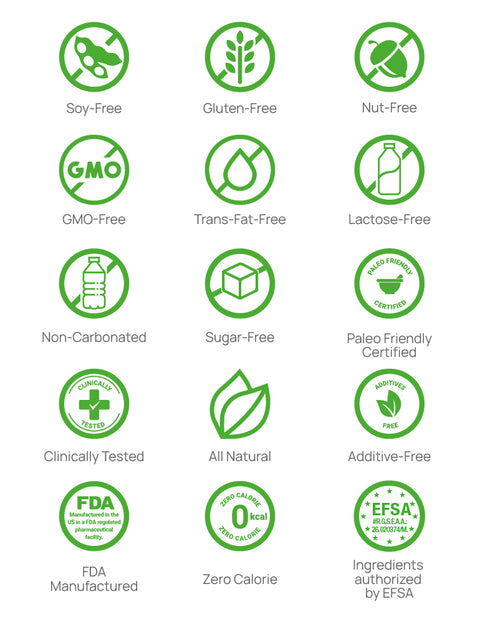
Benefits

Oregarlix brings out the best in you

Fit immune system
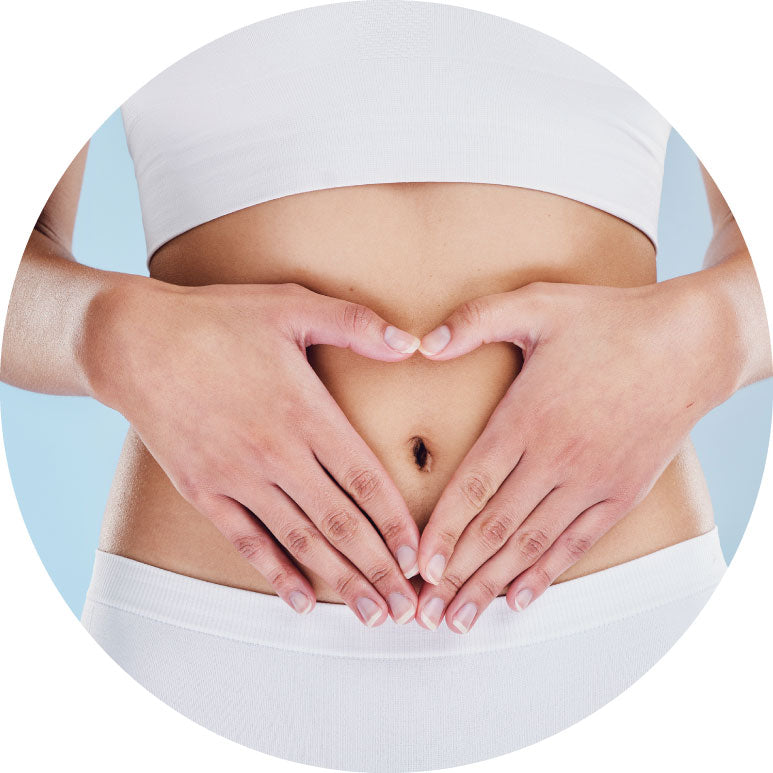
Improved digestion and nutrient absorption

Improves the quality and quantity of sleep

Oregarlix brings out the best in you

Fit immune system

Improved digestion and nutrient absorption

Improves the quality and quantity of sleep
Assets 
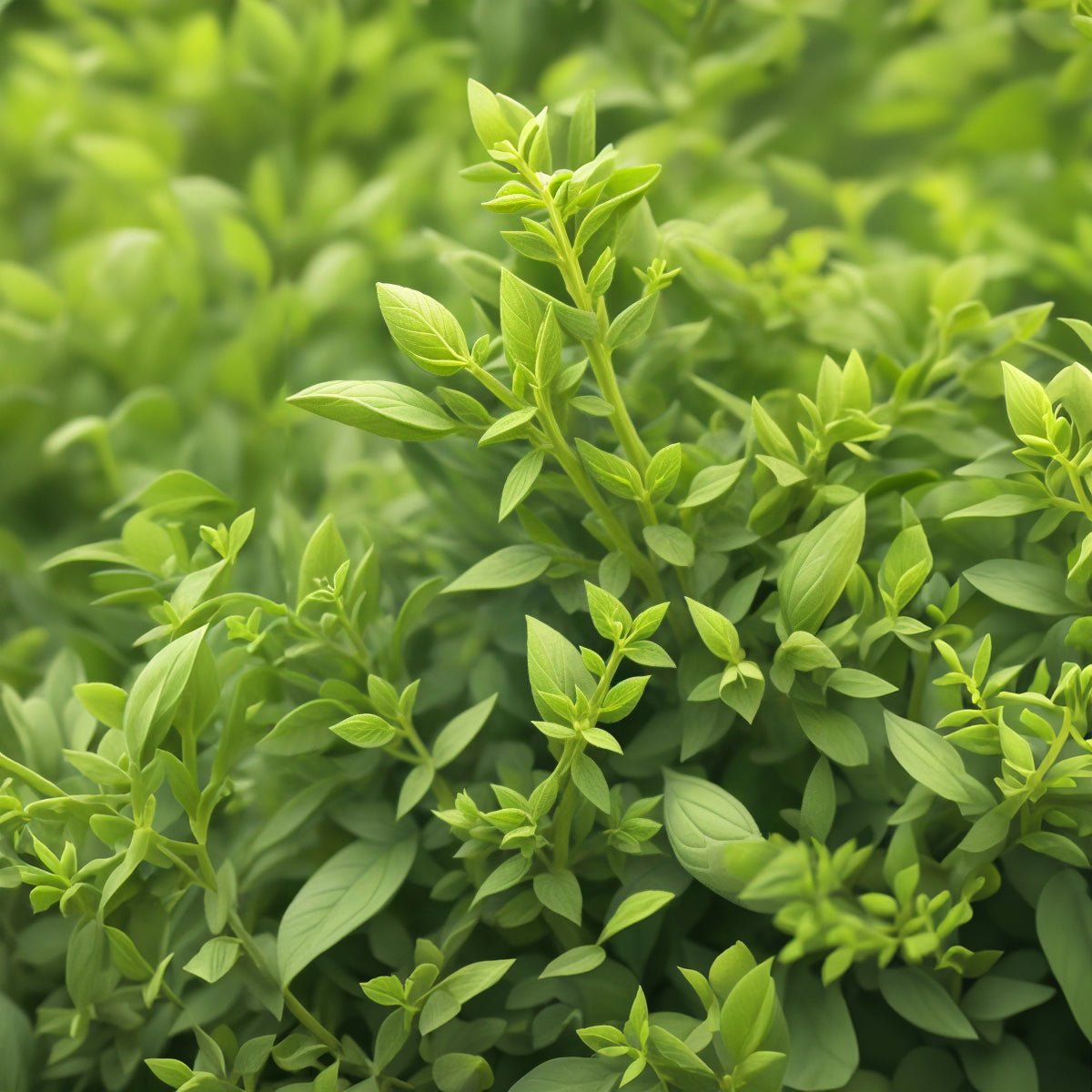
Oregano leaf extract
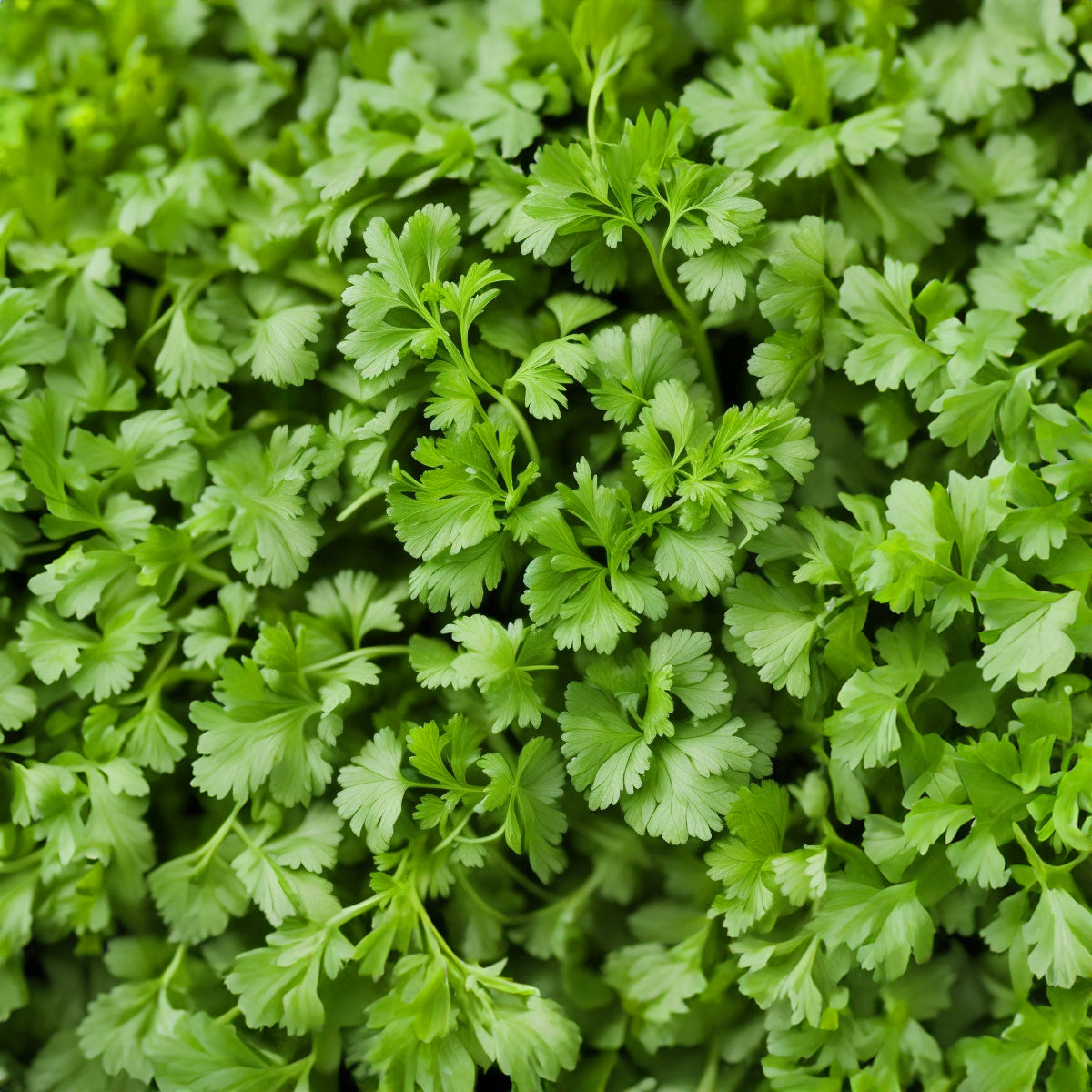
Parsley leaf extract
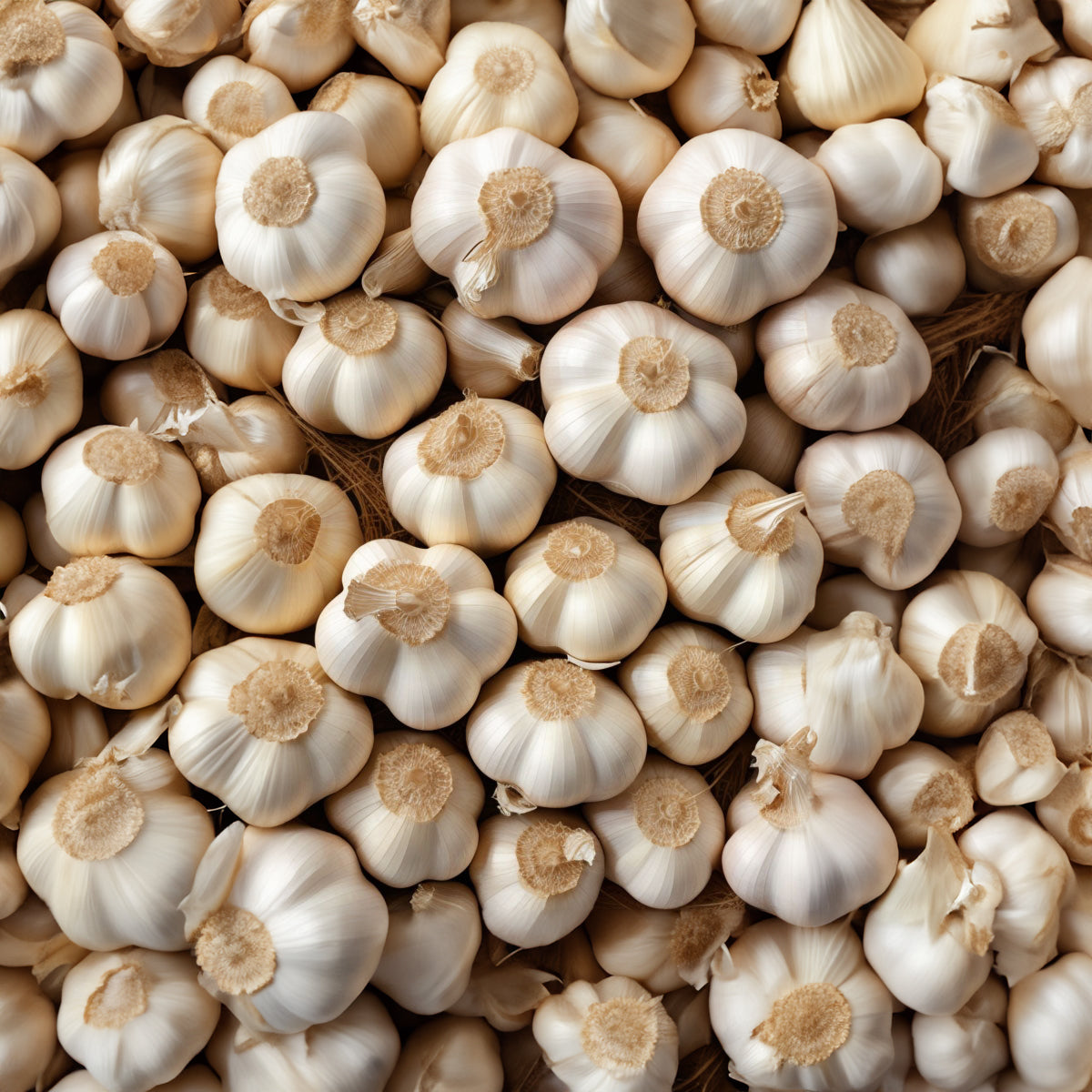
Garlic bulb extract
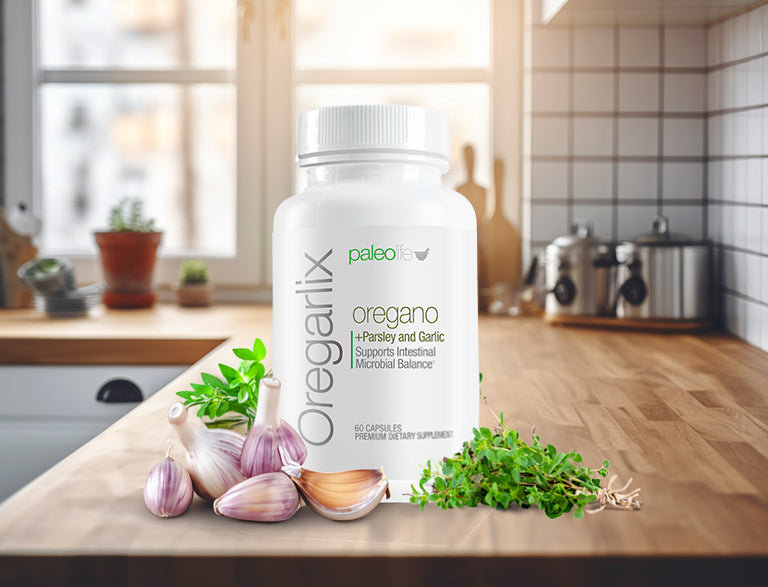
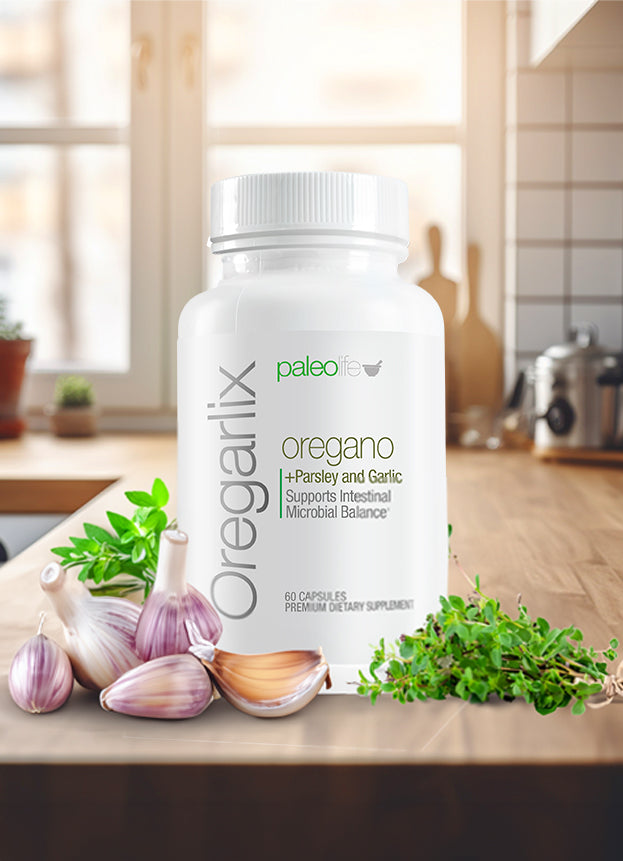
How to use 
Frequent Asked Questions
What is Oregarlix?
Is Oregarlix safe for consumption?
What are the ingredients? What is the nutritional information of Oregarlix?
What is the difference between consuming Oregarlix versus seasoning my meals with garlic, oregano or parsley?
How does Oregarlix help my body and why is it considered a powerful natural regulator?
Does Oregarlix really help improve digestive problems?
From what age is it recommended?
When do you see the results?
Where is Oregarrilix produced? Does it comply with FDA health protocols?
Are rest intervals recommended, or can it be consumed uninterruptedly?
Is the raw material of Oregarlix certified?
Why can't I find Oregarlix in stores?
How many times should I take Oregarlix? How long does the bottle last?
How is Oregarlix taken? What does it taste like?
What are the contraindications?
Is it enough just to consume Oregarlix?
Does Oregarlix contain gluten/soy/sugar/calories? Is it suitable for vegans and vegetarians?
Who was Oregarlix designed for?
Does Oregarlix have any kind of warranty?
Contraindications
Possible side effects
Scientific sources consulted











